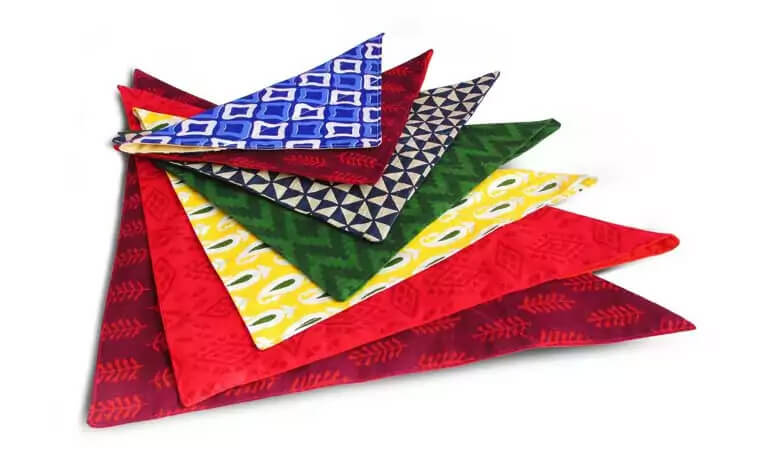This past week I’ve been pondering the contents of my bug-out bag. A good one should contain enough supplies for me to survive for at least 24 hours. If my house burns down suddenly and I escape with only myself, I’ll be left kicking through the smoldering embers of my home. On the other hand, if I properly prepare a bug-out bag, I’d at least have the essential items to survive until I found a solution or shelter.
Back in the Homestead days, I doubt my great-grandparents kept bug-out bags near the door. If a fire struck their homestead house, they could rebuild it with surrounding timber and still have their gardens and livestock for sustenance. Our normal way of life has drastically evolved since then, and we aren’t as connected to our homes now. Gardens have transformed into local grocery stores, and the livestock we once fed our families with now resides on mass-production farms in Australia or Canada. People are too complacent and too reliant on modern-day conveniences. This leaves us vulnerable to pandemics and natural disasters, which can disrupt the food supply and threaten our at-home shelters.
My family was struck by a life-threatening disaster when my grandma’s apartment burned down. Early one morning, while she was sitting on the couch, the aroma of smoke snuck into the air. No fire was visible. She went onto the balcony and saw a fire truck pull up out front. The firemen hurried inside and started ripping up the walls with their axes. My grandma went back into her apartment, assuming it was taken care of. The banging got louder until a fireman was pounding on her door, yelling, “Evacuate the building! Get out now!” In the hallway, angry smoke billowed from the broken walls. She ran down the stairs, but with 3 flights, she could not hold her breath long enough and found herself choking violently on the heavy gray smoke. There was no time to grab belongings or emergency supplies. She ran outside to witness the entire apartment complex burn to the ground over the next hour.
Any such tragedy, pandemic event, or unforeseen disaster can leave people at risk to the elements, and we seem always caught off-guard. I’m writing this blog to better prepare you for what the future may hold. We all witnessed—most of us experienced—the mayhem of the recent pandemic. Don’t rely on Government, or others, for your survival; rely on yourself!
Maybe a few stragglers were “rescued” by the government during Hurricane Katrina, but many succumbed to the bedlam—no thanks! Your worst bet during an emergency is waiting for the government. I will always have a plan—along with an emergency bug-out bag that addresses my defense, shelter, food, and clothing.
One clothing item that has MANY uses (like duct tape) is a bandana.
You may think bandanas are just neckties for cowboys or cute wraps for your dog, but they are so much more! In my bug-out bag and in yours, include a bandana for each person in the household. Here are ten survival uses for bandanas:
1. Weather protection
In cold weather, preserve body heat by wrapping the bandana around your face or head. I wore a bandana snowboarding to protect my face from snow and block in warm air. You’d be surprised at how well bandanas preserve warmth and keep out snow. On the flip side, on a sunny day, a bandana will protect your head from excessive heat and sunburn.
2. Rope
Cut your bandana into strips and braid or tie into a knot. If you don’t have rope already in your bug-out bag, a bandana is a possible alternative workaround.
3. Wash cloth
The fabric will help keep you clean. A bandana can be used in place of a washcloth to cleanse yourself and various surfaces. Wring it out in water and hang it to dry for reuse.
4. Heating pad
Heat up stones in a fire and place them inside the bandana. Use it as a heating tool by placing over your clothes/body to apply heat.
5. Water filter
Use it to sift out debris in water. If you have no access to filtration systems, run your water through a bandana first to get out the big items. No need to guzzle down moss or gooey bugs.
6. Item collection
Use it to hold sticks for fire kindling or for food items you are scavenging, or as a replacement bag to tote more than your hands alone could.
7. Wound protection
Fold the bandana, place it over the wound, and use tape to secure it to your body. If the wound is on your arm or leg, tie it around. This will keep bugs and foreign elements away from the wound.
8. Defense
Lacking other weapons for defense, place a rock or heavy item inside the bandana and wrap it up to create a makeshift weapon.
9. Family identification
Pack a unique color or bandana design for your family. This can be used to easily locate each other in crowds or in nature. Minimize the chances of losing a family member. If possible use hunter’s orange as it sticks out in every environment.
10. Toilet paper
You know the old saying: When you gotta go, you gotta go! During the toilet paper pandemic of 2020, people were out there using bandanas, I’m sure, but hopefully you’ll never have to. Now the idea is in your mind if you ever find yourself in a sticky situation.
Bandanas are versatile, and a core item to include in your emergency bug-out bag. They are cheap, light, small, and readily available at most convenience stores. I won’t be forgetting a bandana in my bug-out bag, and you shouldn’t either!

